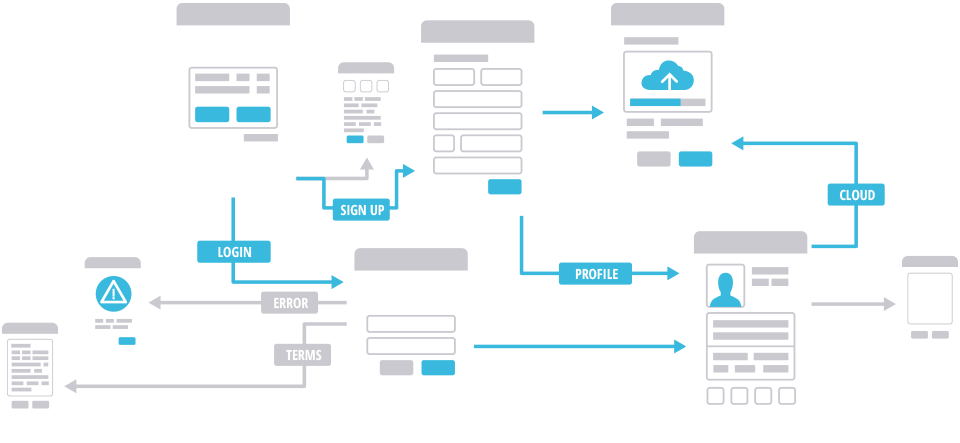More and more, websites today use dynamic content to increase user engagement. However, the concept of a dynamic Web page is nothing new; dynamically loading content on a Web page is a practice that has been around since the early 1990s. Back then, the goals of the first database-driven websites were better performance and data management. But the same concepts are used in a much different direction now, toward better user experience and interaction.
To better understand what a dynamic Web page is, we can start with the concept of a ‘static' Web page. Static pages always look the same and the content doesn't change based on the visitor profile, so every visitor gets the same information. On the other hand, dynamic Web pages can change their content based on user behavior, such as clicking on an image, or based on a past browsing history. Not only is this a great way to show the most relevant information to your visitors, but by creating a dynamic experience, you can ultimately move customers quicker to a conversion or decision.
Websites such as Netflix, Amazon and Target have successfully used this concept for years. Netflix users probably recognize the “Because you watched…” section, based on previous watching history, that pops up every time users enter the site. Similar to Netflix, Amazon and Target update the suggested products section based on what a customer has bought or searched previously. This is very convenient for us—and very successful for online retailers.
However, dynamic content can be much more than product recommendations. Other typical dynamic elements that can be integrated in to websites include forms, calls-to-action, navigation and content blocks. By creating more dynamic Web involvement on your site through personalized content, you can move customers through the decision-making process and build opinions faster.
There are a few marketing automation platforms—including Pardot , Marketo and HubSpot—that take this concept further, and provide integration of their automation services with personalized content on your website. This combination can be used to serve powerfully segmented persona groups with customized content on multiple channels. Personas are not only segmented by their browsing history and interaction with your website, but via data that comes from other marketing channels and outside sources. For example: email history, demographics and firmographics data, past behavior and purchase history, as well as behavior of related contacts.
Since most companies and businesses serve a number of different personas, understanding each one of them and serving the right content is key for your online success. Start by talking to your marketing company to understand and identify persona groups. Ask about creating dynamic Web experiences through personalized content. The future of the Internet is dynamic, integrated and user focused. New websites and services will track your behavior across multiple platforms and channels, and will deliver highly targeted content, with one ultimate goal: to move users faster to conversion points by building opinions faster.



